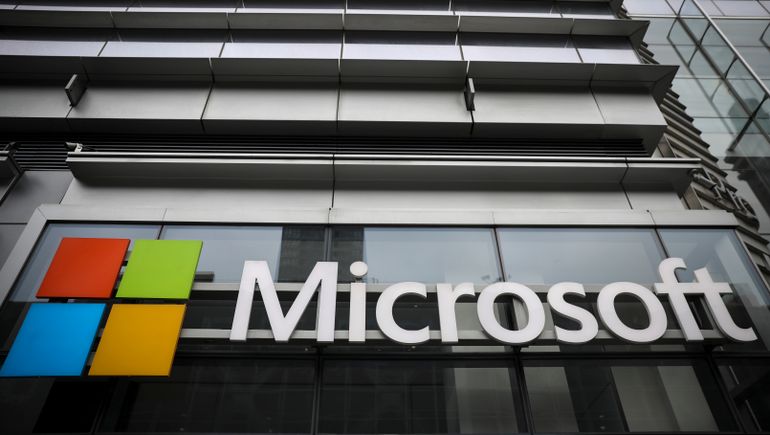Dive Brief:
- Microsoft launched new AI-powered search capabilities — including chat and compose — across Bing and Edge Tuesday in a limited preview on desktop, the company announced at a live event on Tuesday. Microsoft will scale the preview to millions in the coming weeks.
- “AI will fundamentally change every software category, starting with the largest category of all – search,” said Satya Nadella, chairman and CEO at Microsoft in a statement. “Today, we’re launching Bing and Edge powered by AI copilot and chat, to help people get more from search and the web.”
- The revised search engine runs on a “new, next generation” OpenAI large language model customized for search, which is considered more powerful than ChatGPT. The OpenAI model works alongside Microsoft’s Prometheus model for improved safety and “more relevant, timely and targeted results,” according to Microsoft.
Dive Insight:
Microsoft has its sights set on search, and it’s clear Google noticed. The day before Microsoft announced its highly anticipated OpenAI search integration, Google announced its experimental conversational AI service Bard. Google has also scheduled an AI-related event for Wednesday morning.
“Google has been caught off-guard with the success of ChatGPT,” Jason Wong, distinguished VP analyst at Gartner, said in an email. “You can draw the parallels to the launch of the Netscape browser and Microsoft being caught off-guard. Microsoft, in turn, partnered with a small vendor and eventually launched Internet Explorer.”
While Google currently has the upperhand, Wong said, Microsoft still has a lot to lose if the OpenAI language model integration fails to convert Google search users.
“Microsoft certainly doesn’t want a repeat of the Tay bot released in 2016 that quickly became a disaster as a proof of concept for conversational AI,” Wong said.
Microsoft released Tay in 2016, and Twitter users quickly trained Tay to respond with racially insensitive language and misogyny. More advanced large language models have mitigated the initial risks of Tay, according to Wong, but “risks will still be at the forefront if answers given by Bing’s chatbot end up with low accuracy or hallucinations that mix and conflate data.”
Thus far, much of the ChatGPT attention is centered on consumer-facing applications, but as the technology matures, it has enterprise potential too. If Microsoft wants to get its business customers on board, Wong suggested implementing training and upskilling opportunities.
“Given that most Microsoft products are aimed at businesses and large enterprises, most of its customers will be a bit more conservative in using the generative AI capabilities,” Wong said. “Microsoft really needs to showcase well thought out patterns and help its customers with training and upskilling business users to properly take advantage of AI.”



